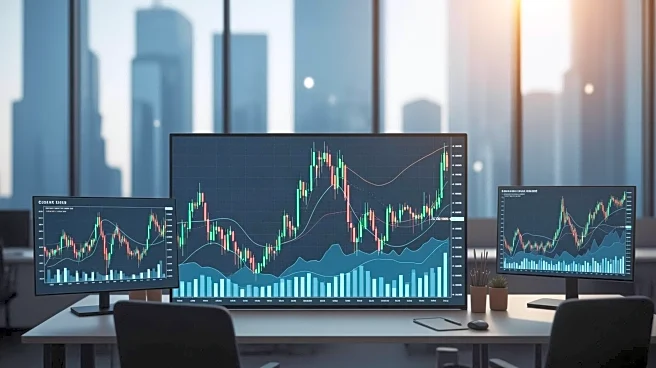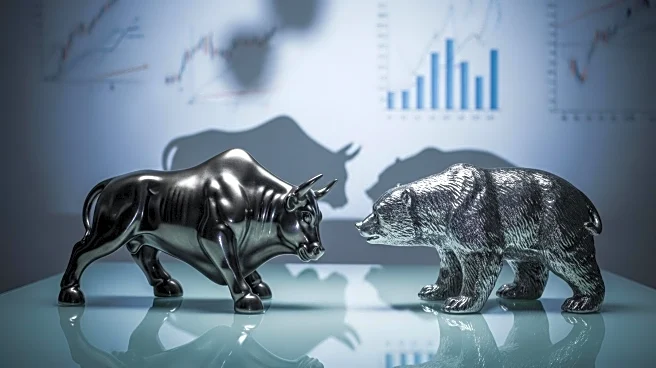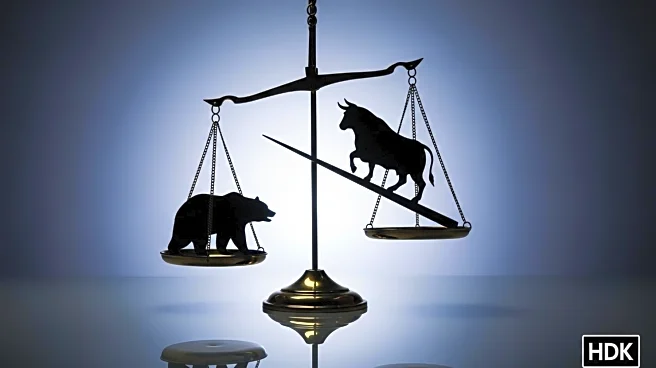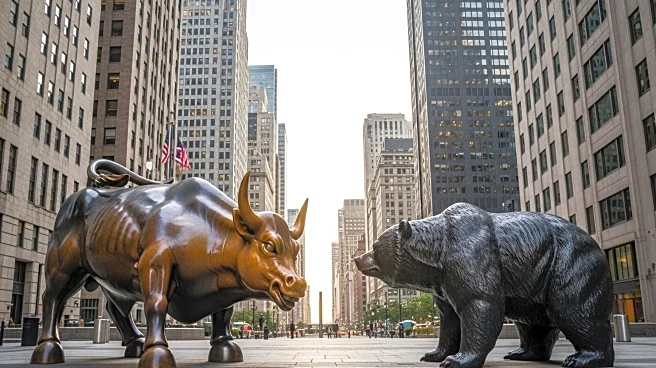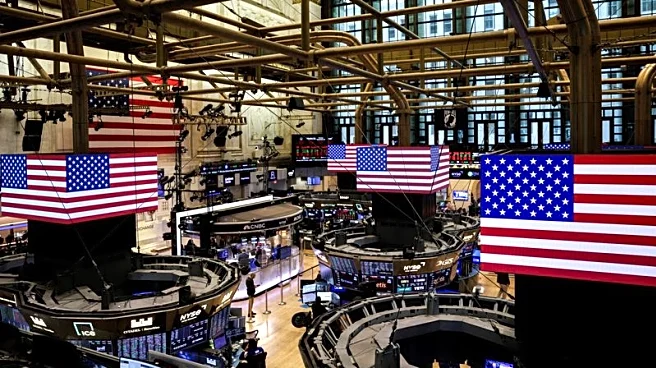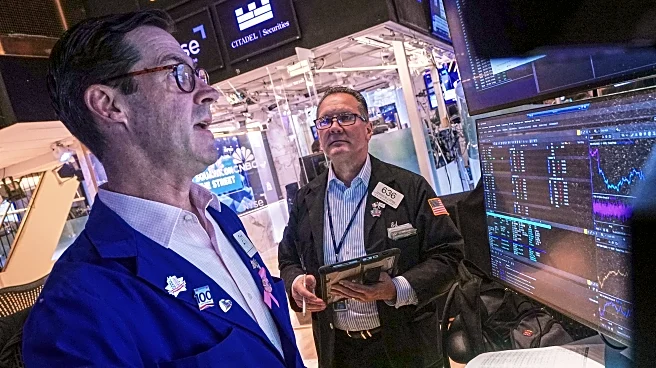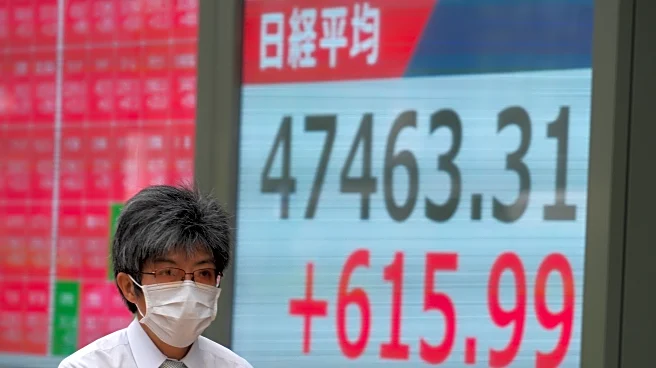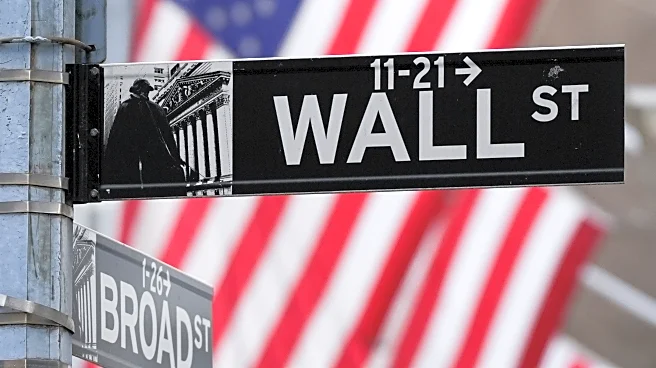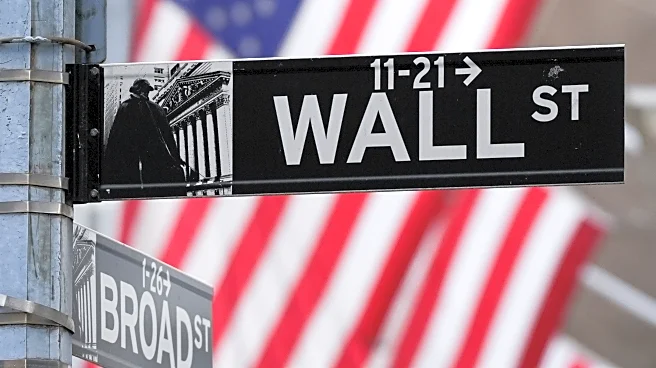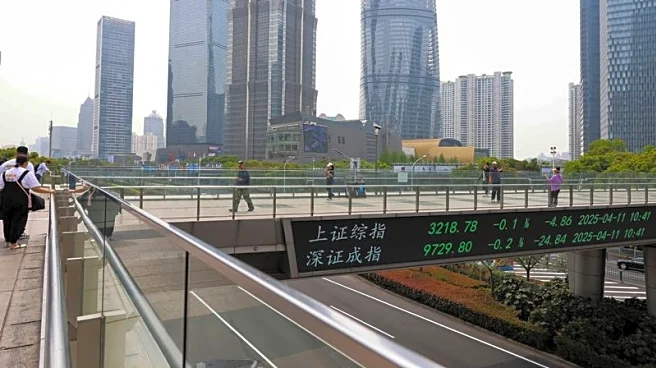What's Happening?
The Cboe Volatility Index (VIX), known as Wall Street's fear gauge, rose to a near five-month high on Tuesday due to renewed concerns over the U.S.-China trade conflict. The index, which reflects demand
for protection against stock market drops, reached 22.94 before settling at 19.68. This increase follows a significant selloff on Friday when the S&P 500 dropped 2.7%, its largest decline in six months. Federal Reserve Chair Jerome Powell's comments about potentially ending the balance sheet runoff helped ease investor concerns, leading to a partial recovery in the benchmark index. Despite the heightened volatility, there is no sign of outright panic in the market, with some investors strategically adding protection to their portfolios.
Why It's Important?
The rise in the VIX indicates growing investor anxiety about the potential impact of the U.S.-China trade tensions on the stock market. A higher VIX reflects increased demand for options protection, suggesting that investors are preparing for potential market downturns. This shift in sentiment could affect investment strategies and market dynamics, as traders seek to balance risk and returns. The Federal Reserve's monetary policy decisions, particularly regarding interest rates and balance sheet management, will be crucial in shaping investor confidence and market stability.
Beyond the Headlines
The volatility in the stock market underscores the broader implications of geopolitical tensions on financial markets. The strategic use of options and hedges by investors highlights the importance of risk management in uncertain times. The VIX futures curve, which remains flat, suggests that the current volatility may be short-lived, but ongoing trade negotiations and economic policies will continue to influence market sentiment. The interplay between economic indicators and geopolitical developments will be critical in determining the long-term outlook for investors and businesses.
